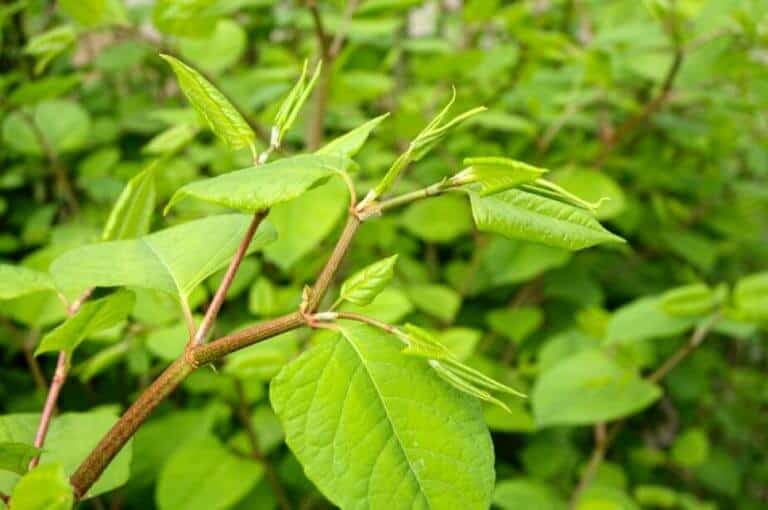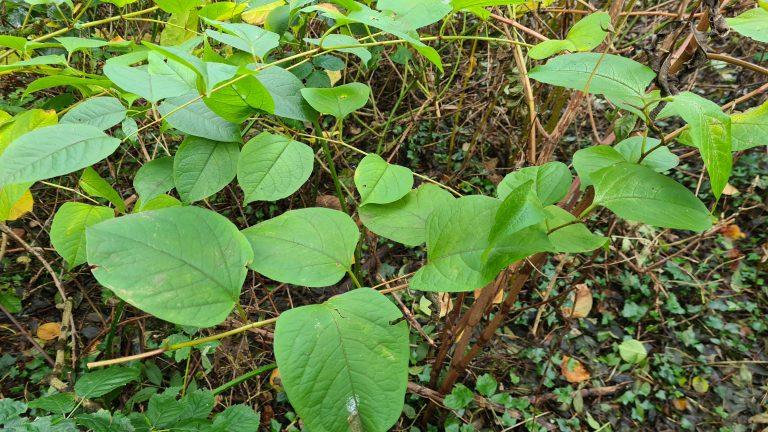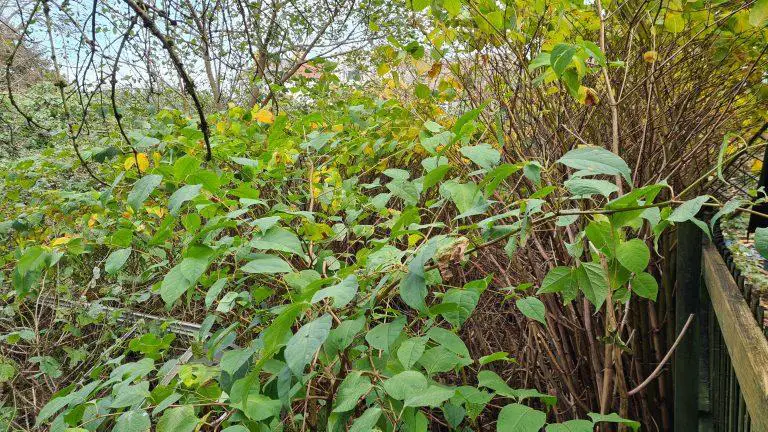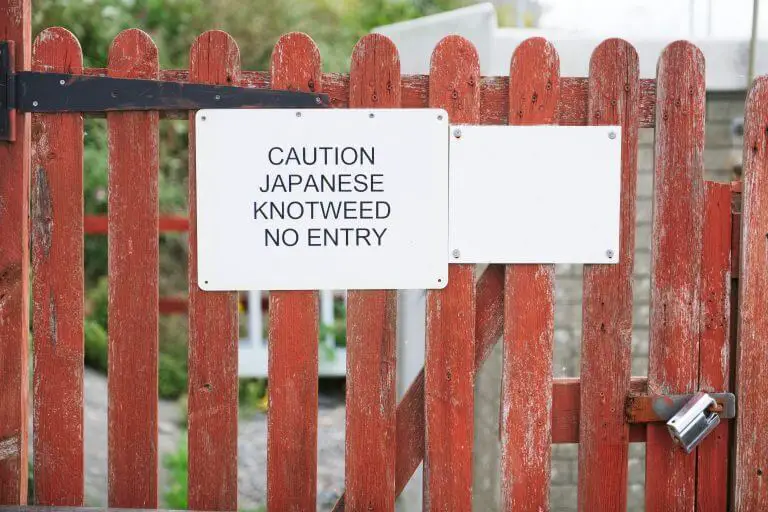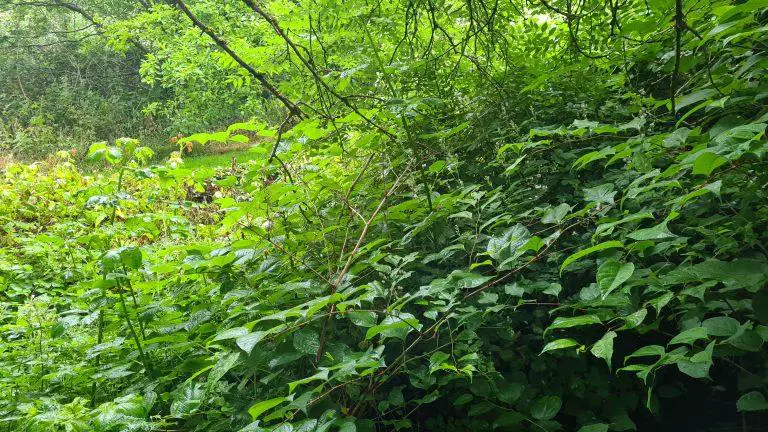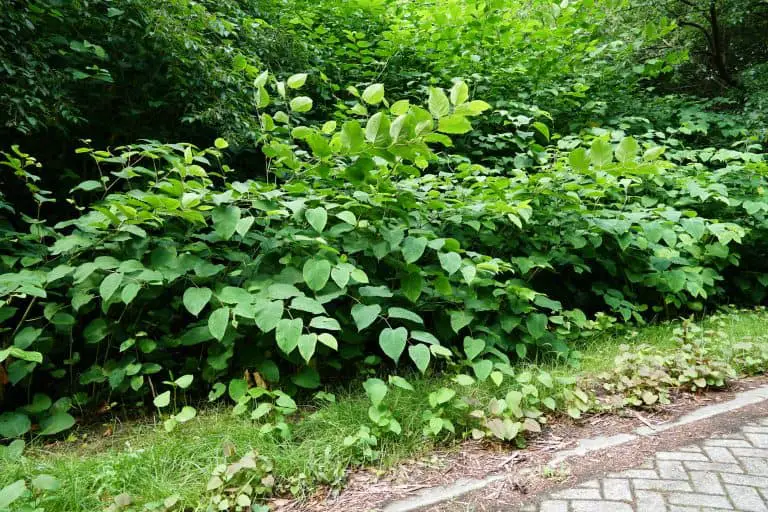Getting rid of Japanese knotweed is not easy due to its invasive nature but with time and patience, it is possible. If you have identified Japanese knotweed in your garden and want to get rid of it, here is what you need to know in order to know how to get rid of Japanese knotweed permanently.
Why do I need to get rid of Japanese knotweed?
If you have Japanese knotweed in your garden, you will probably want to control its growth and spread so that it does not either damage your property or spread into areas that you do not own.
If the plant spreads from your property into the wild, then that is illegal according to the Wildlife and Countryside Act 1981. If the plant spreads onto someone else’s property or public land and you do not actively work to control its spread, you could be subject to legal action which could result in an ASBO and be fined.
How to get rid of Japanese knotweed
There are a number of ways to tackle Japanese knotweed. Here we list three of the most popular options:
Digging it up
This can work, but because the root systems are so extensive (up to 22ft) and because the plant spreads by rhizomes (the extensive network of underground shoots). This is not an ideal solution as regrowth will often occur.
If you do choose this method, there are some important things to consider. Any waste you have which contains Japanese knotweed must be disposed of properly. It can only be removed to a landfill site that has an appropriate permit.
Furthermore, it can only be taken to the landfill by a specialised registered carrier, whose vehicle must be thoroughly cleaned after use. Most landfill sites will refuse you offloading it here. This also applies to skips, which again do not accept Japanese Knotweed.
You should never compost waste containing Japanese knotweed because it can survive the composting process and it must never be disposed of with the normal household waste as it is a contaminant. If the council identify you as the source they will prosecute you.
Taking measures to the extreme you could undertake professional excavation which is both costly and invasive, depending on your site. This is by far the quickest solution but one that is not available to most homeowners due to the scale of work required.
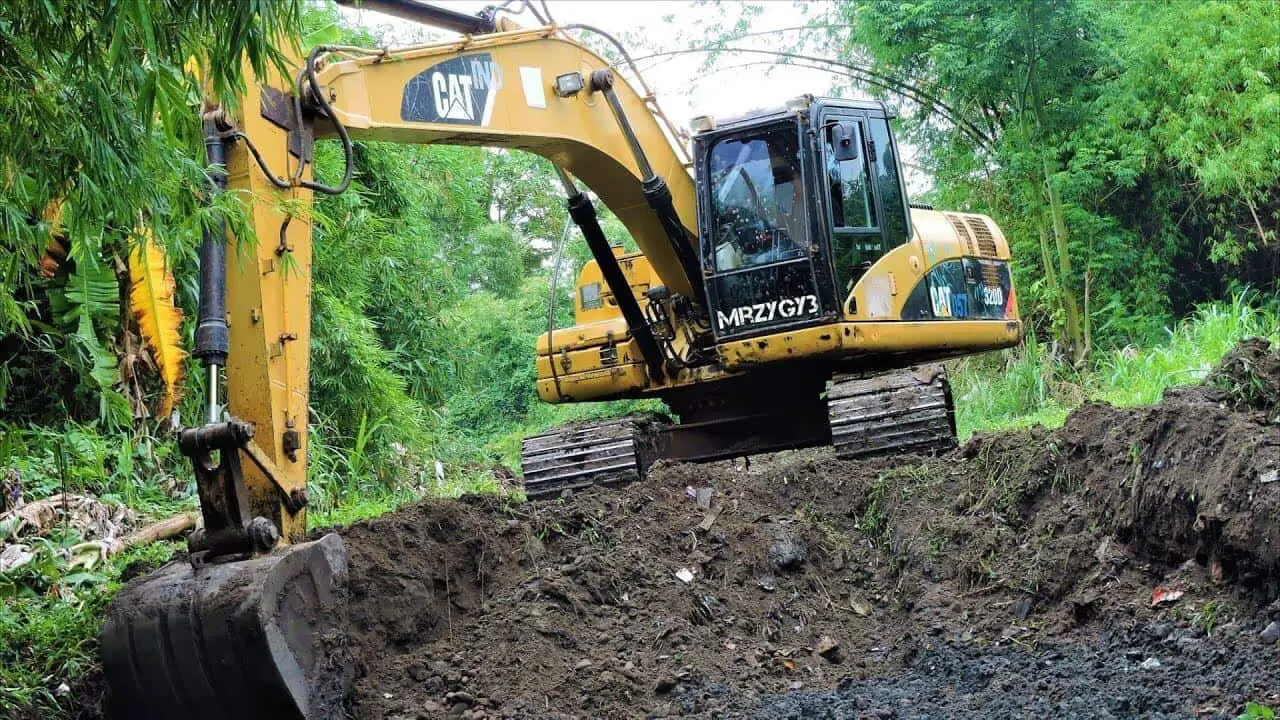
Burning it
Controlled burning is the best and safest way to get rid of Japanese Knotweed. Private householders can burn Japanese knotweed waste under controlled conditions in the garden.
It is possible to burn the Japanese knotweed waste on your land after letting it dry out first, but Japanese knotweed rhizomes may still survive the burning process.
However, you cannot transport the waste to another site to burn it or take the burnt waste to your council’s standard landfill, or recycling centre as this will introduce cross-contamination. It will require a licenced professional and permission to take it to the specialist landfill site for removal.

Chemical treatment
Many people oppose using chemicals to treat weeds and plants in the garden. However, with a plant as tenacious as Japanese knotweed, it is the safest, most recommended option.
Use only approved weed-killer or root-killer chemicals in accordance with the manufacturer’s instructions to ensure the safe eradication of the weed.
Herbicides, including Glyphosate-based products, are effective at eradicating this notorious plant. Glyphosate-based herbicides are applied to the foliage of the weed using a sprayer after being mixed in a tank. The Glyphosate herbicide can also be injected into the stem. This method is most suitable for ecologically sensitive areas where spraying is not suitable.
It’s advisable to spray the Japanese knotweed through various stages of the plant’s development during the growing season. The infestation size, presence of watercourses and the general public all have to be considered during herbicide selection.
The Royal Horticultural Society recommends using a glyphosate-based weed-killer to tackle Japanese knotweed, particularly Scotts Roundup Tree Stump and Root Killer.
When applying chemicals to Japanese knotweed always cut back the plant stems before applying and remember that it will need to be repeated regularly as it can take three to five years to fully treat Japanese knotweed, so plants will have to be resprayed every year.
Try to avoid any other plants when you spray and the best way to do this would be via injecting the knotweed rather than spraying.
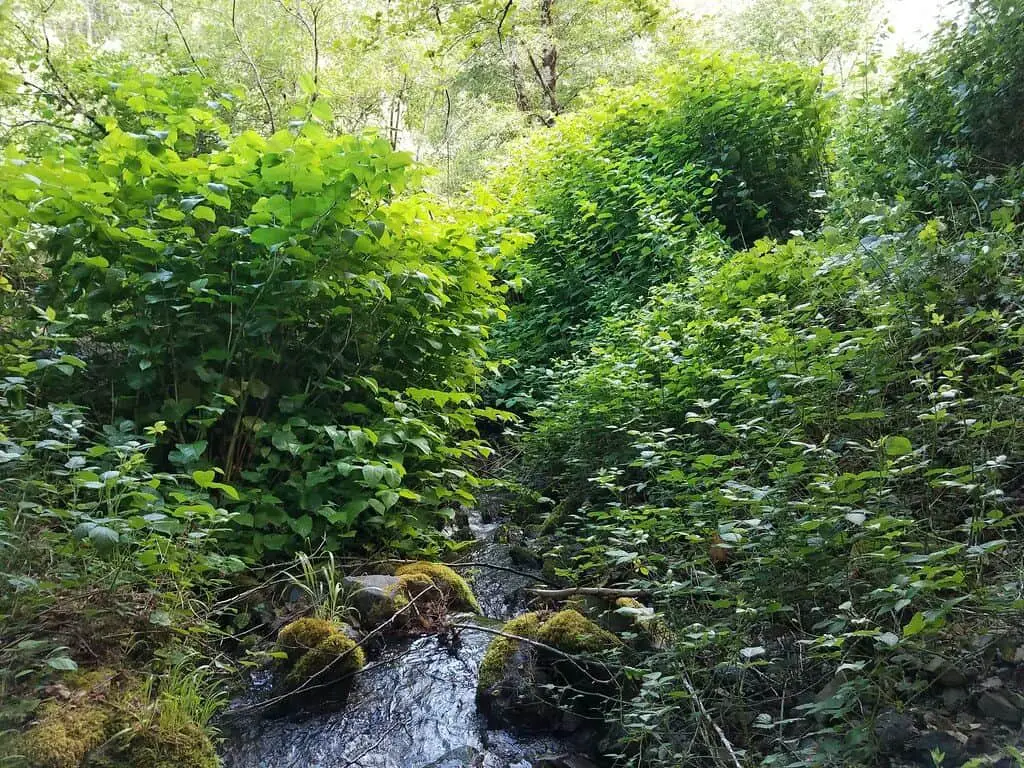
Professional help to remove Japanese Knotweed
Japanese knotweed can be quite difficult to remove, so don’t get discouraged if your attempts fail to eradicate it completely.
There are many companies offering their services to dispose of Japanese knotweed. Check out the British Association of Landscape Industries website, as recommended by the Royal Horticultural Society, for a list of its members who treat invasive species.
Japanese knotweed is a perennial non-native plant from the knotweed family which is subject to certain Government legislation due to the speed and spread of its growth choking other plants in its path.
If you have identified Japanese knotweed in your garden and want to get rid of it, employing the services of a professional in Japanese knotweed removal will ensure it is done correctly and in line with a treatment plan that will not affect your other plants within your property.
Want to know more?
How to get rid of Japanese Knotweed Permanently
Knotweed Removal aims to provide the most up-to-date information, help and advice for YOU to make informed decisions. If you are unsure or uncertain about how to proceed, please reach out to us and we will gladly come back and advise you as best we can.
Governmental advice can be found here and the UK law covering the removal of Japanese Knotweed as stated under the Wildlife and Countryside Act 1981 can be found here.
The best means to contact us is via our email – hello@knotweedremoval.tips
Do not forget we have a library of blogs covering many areas relevant to Japanese Knotweed, our free downloadable How-to Guides and Product Reviews on the latest methods being employed to eradicate or remove Japanese Knotweed.
Knotweed Removal, UK

